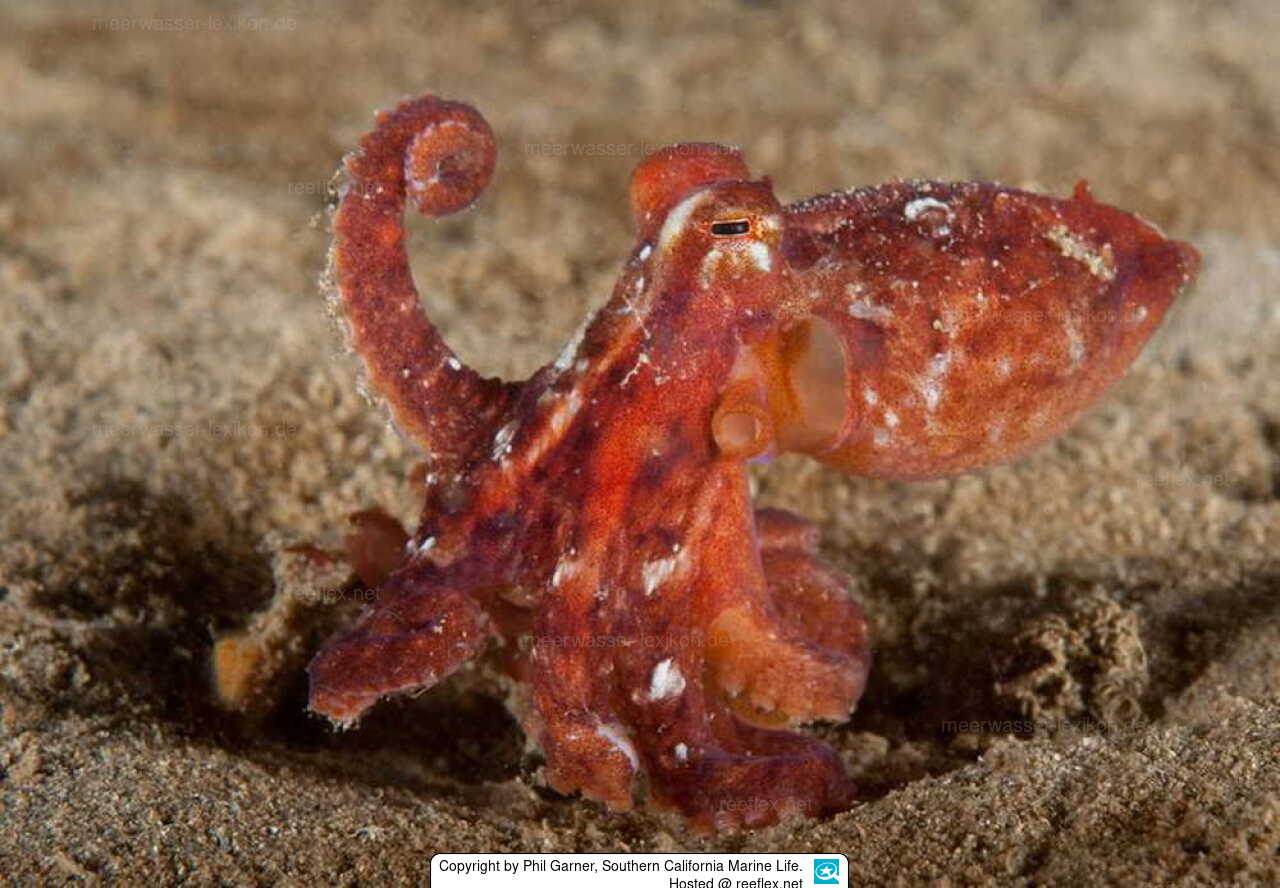Info
Octopus rubescens (Berry, 1953)
Octopus rubescens, better known as the Red octopuses are a small species that are found in the Eastern Pacific Ocean from Mexico to Alaska.
A red octopus’s normal color is red or reddish brown, but like other octopuses it can change quickly to yellow, brown, white, red or a variety of mottled colors.
Octopus eyes are similar to vertebrate eyes, with lenses, retinas and pupils. Although they have excellent eyesight, they use touch and smell to find food. Thousands of chemical receptors and millions of texture receptors line the rims of their suckers. An octopus scours the sandy seafloor to flush out small prey, or crawls in and out of rocky areas to hunt crabs and shrimp.
Octopus rubescens, better known as the Red octopuses are a small species that are found in the Eastern Pacific Ocean from Mexico to Alaska.
A red octopus’s normal color is red or reddish brown, but like other octopuses it can change quickly to yellow, brown, white, red or a variety of mottled colors.
Octopus eyes are similar to vertebrate eyes, with lenses, retinas and pupils. Although they have excellent eyesight, they use touch and smell to find food. Thousands of chemical receptors and millions of texture receptors line the rims of their suckers. An octopus scours the sandy seafloor to flush out small prey, or crawls in and out of rocky areas to hunt crabs and shrimp.







 Phil Garner, Southern California Marine Life, USA
Phil Garner, Southern California Marine Life, USA





















